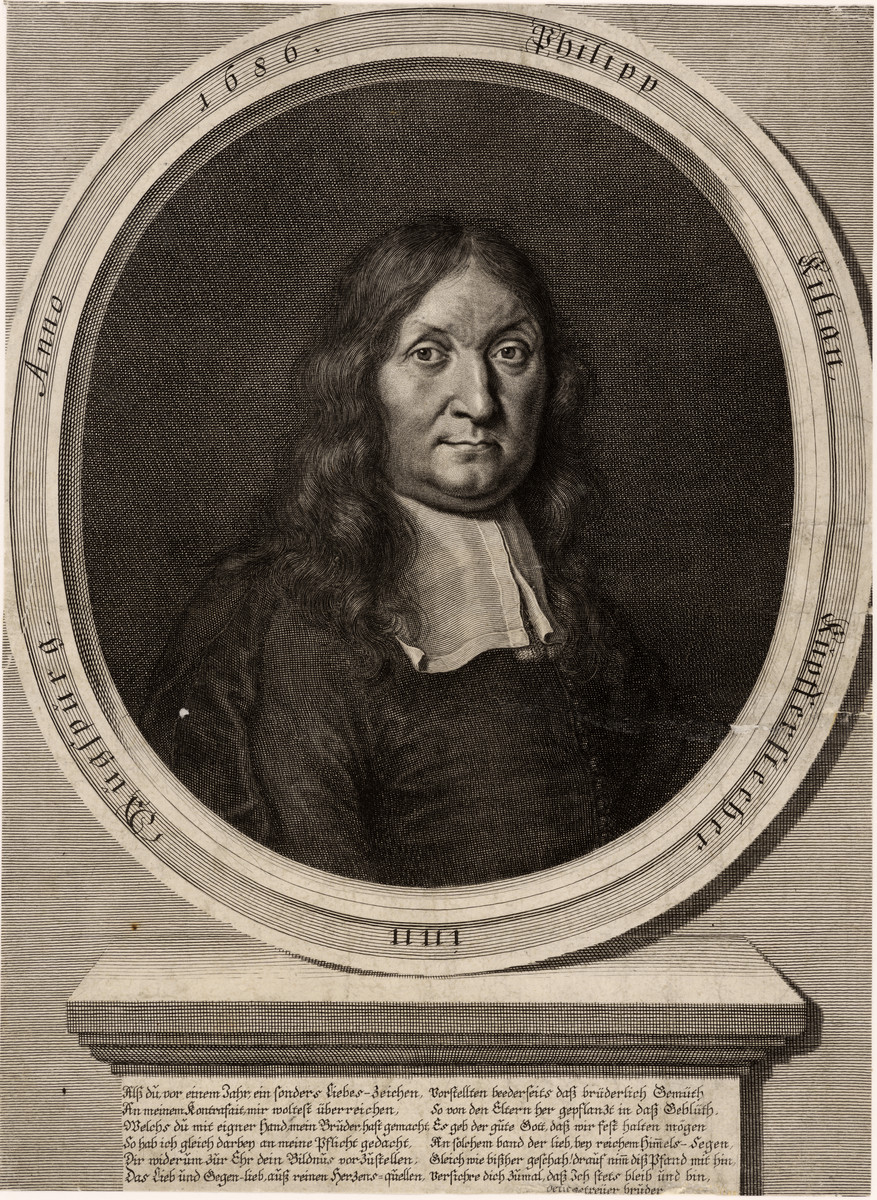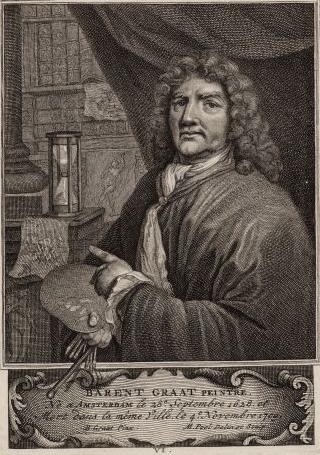|
Philipp Kilian
Philipp Kilian (1628 in Augsburg – 1693 in Augsburg), was a German Baroque engraver. Biography According to Houbraken he engraved the portrait of Johann Heinrich Roos which Roos's teacher Barent Graat sent him when he was writing his ''Schouburgh''."Kiliaan" mentioned as engraver of Roos portrait in ''De groote schouburgh der Nederlantsche konstschilders en schilderessen'' (1718) by , courtesy of the Kilian made the engraving ... [...More Info...] [...Related Items...] OR: [Wikipedia] [Google] [Baidu] |
Augsburg
Augsburg (; bar , Augschburg , links=https://en.wikipedia.org/wiki/Swabian_German , label=Swabian German, , ) is a city in Swabia, Bavaria, Germany, around west of Bavarian capital Munich. It is a university town and regional seat of the ''Regierungsbezirk'' Schwaben with an impressive Altstadt (historical city centre). Augsburg is an urban district and home to the institutions of the Landkreis Augsburg. It is the third-largest city in Bavaria (after Munich and Nuremberg) with a population of 300,000 inhabitants, with 885,000 in its metropolitan area. After Neuss, Trier, Cologne and Xanten, Augsburg is one of Germany's oldest cities, founded in 15 BC by the Romans as Augsburg#Early history, Augusta Vindelicorum, named after the Roman emperor Augustus. It was a Free Imperial City from 1276 to 1803 and the home of the patrician (post-Roman Europe), patrician Fugger and Welser families that dominated European banking in the 16th century. According to Behringer, in the sixteen ... [...More Info...] [...Related Items...] OR: [Wikipedia] [Google] [Baidu] |
Johann Heinrich Roos
Johann Heinrich Roos (29 September 1631, Otterberg – 3 October 1685, Frankfurt) was a German Baroque era landscape painter and etcher. Biography His family had emigrated to Amsterdam due to the Thirty Years' War in 1640. [Baidu] |
Barent Graat
Barend Graat (21 September 1628, Amsterdam – 4 November 1709, Amsterdam),Barend Graat in the was a Dutch painter of history- and , and portraits in the Golden Age. He is also known as a and |
Arnold Houbraken
Arnold Houbraken (28 March 1660 – 14 October 1719) was a Dutch painter and writer from Dordrecht, now remembered mainly as a biographer of Dutch Golden Age painters. Life Houbraken was sent first to learn ''threadtwisting'' (Twyndraat) from Johannes de Haan, who introduced him to engraving. After two years he then studied art with Willem van Drielenburch, who he was with during the rampjaar, the year 1672. He then studied 9 months with Jacobus Leveck and finally, four years with Samuel van Hoogstraten. In 1685 he married Sara Sasbout, and around 1709 he moved from Dordrecht to Amsterdam. Arnold Houbraken painted mythological and religious paintings, portraits and landscapes. He is best known for the art historical work ''The Great Theatre of Dutch Painters'' (1718–1721). When he died his son Jacob assisted his mother with the last proofs of the manuscript before publishing. His first attempt at an instructive manual for artists was his Emblem book, ''Inhoud van 't Sie ... [...More Info...] [...Related Items...] OR: [Wikipedia] [Google] [Baidu] |
Digital Library For Dutch Literature
The Digital Library for Dutch Literature (Dutch: Digitale Bibliotheek voor de Nederlandse Letteren or DBNL) is a website (showing the abbreviation as dbnl) about Dutch language and Dutch literature. It contains thousands of literary texts, secondary literature and additional information, like biographies, portrayals etcetera, and hyperlinks. The DBNL is an initiative by the DBNL foundation that was founded in 1999 by the Society of Dutch Literature (Dutch: Maatschappij der Nederlandse Letterkunde). Building of the DNBL was made possible by donations, among others, from the Dutch Organization for Scientific Research (Dutch: Nederlandse Organisatie voor Wetenschappelijk Onderzoek or NWO) and the Nederlandse Taalunie. From 2008 to 2012, the editor was René van Stipriaan. The work is done by eight people in Leiden (as of 2013: The Hague), 20 students, and 50 people in the Philippines who scan and type the texts. As of 2020, the library is being maintained by a collaboration of t ... [...More Info...] [...Related Items...] OR: [Wikipedia] [Google] [Baidu] |
Joachim Von Sandrart
Joachim von Sandrart (12 May 1606 – 14 October 1688) was a German Baroque art-historian and painter, active in Amsterdam during the Dutch Golden Age. He is most significant for his collection of biographies of Dutch and German artists the ''Teutsche Academie'', published between 1675 and 1680. Biography Sandrart was born in Frankfurt am Main, but the family originated from Mons. According to his dictionary of art called the ''Teutsche Academie'', he learned to read and write from the son of Theodor de Bry, Johann Theodoor de Brie and his associate Matthäus Merian, but at age 15 was so eager to learn more of the art of engraving, that he walked from Frankfurt to Prague to become a pupil of Aegidius Sadeler of the Sadeler family. Sadeler in turn urged him to paint, whereupon he travelled to Utrecht in 1625 to become a pupil of Gerrit van Honthorst, and through him he met Rubens when he brought a visit to Honthorst in 1627, to recruit him for collaboration on part of his Marie d ... [...More Info...] [...Related Items...] OR: [Wikipedia] [Google] [Baidu] |
Teutsche Academie
The ''German Academy of the Noble Arts of Architecture, Sculpture and Painting'', or ''Teutsche Academie'', refers to a comprehensive dictionary of art by Joachim von Sandrart published in the late 17th century. The first version was published in 1675 and it included a compilation of artist biographies that were later accompanied by illustrations by Richard Collin for a 1683 Latin edition by Christianus Rhodius. The list of portrait illustrations follows and is in page order. Most of the biographies were translated into German from earlier work by Karel van Mander and Cornelis de Bie, but Sandrart had travelled extensively in Europe and added many original biographies of German-born artists to his list. The illustrated portraits of artists born before his time were mostly based on 17th-century engravings by Hieronymus Cock and Jan Meyssens, many of which had also been re-published in De Bie's Het Gulden Cabinet ''Het Gulden Cabinet vande Edel Vry Schilder-Const'' or ''The Golde ... [...More Info...] [...Related Items...] OR: [Wikipedia] [Google] [Baidu] |
Wolfgang Kilian
Wolfgang Kilian (1581–1662) was a German engraver and member of the Kilian family of engravers in Augsburg. Biography He was the son of Bartholomaus Kilian the elder and Maria Pfeiffelmann. After his father's death in 1583 his mother remarried Dominicus Custos and he and his brother Lucas became his pupils.Wolfgang Kilian in the From 1604–1608 he travelled in Italy and worked in Venice, Mantua, and Milan. On his return he married and continued in the family workshop. He was the father of the engravers Bartholomaus the younger and Philipp
Philipp is both a surname and a give ...
[...More Info...] [...Related Items...] OR: [Wikipedia] [Google] [Baidu] |
Karel Skreta
Karel may refer to: People * Karel (given name) * Karel (surname) * Charles Karel Bouley, talk radio personality known on air as Karel * Christiaan Karel Appel, Dutch painter Business * Karel Electronics, a Turkish electronics manufacturer * Grand Hotel Karel V, Dutch Hotel *Restaurant Karel 5, Dutch restaurant Other * 1682 Karel, an asteroid * Karel (programming language), an educational programming language See also * Karelians or Karels, a Baltic-Finnic ethnic group *''Karel and I'', 1942 Czech film *Karey (other) Karey may refer to: People * Karey Dornetto (fl. 2002–present), American screenwriter * Karey Hanks (fl. 2016–2018), American politician * Karey Kirkpatrick (fl. 1996–present), American screenwriter * Karey Lee Woolsey (born 1976), American ... {{disambiguation ja:カール (人名) ... [...More Info...] [...Related Items...] OR: [Wikipedia] [Google] [Baidu] |
Philippe De Champaigne
Philippe de Champaigne (; 26 May 1602 – 12 August 1674) was a Brabançon-born French Baroque era painter, a major exponent of the French school. He was a founding member of the Académie de peinture et de sculpture in Paris, the premier art institution in France in the eighteenth century. Life and work Born of a poor family in Brussels (Duchy of Brabant, Southern Netherlands), during the reign of the Archduke Albert and Isabella, Champaigne was a pupil of the landscape painter Jacques Fouquières. In 1621 he moved to Paris, where he worked with Nicolas Poussin on the decoration of the Palais du Luxembourg under the direction of Nicolas Duchesne, whose daughter he would eventually marry. According to Houbraken, Duchesne was angry at Champaigne for becoming more popular than he was at court, and this is why Champaigne returned to Brussels to live with his brother. It was only after he received news of Duchesne's death that he returned to marry his daughter. After the death ... [...More Info...] [...Related Items...] OR: [Wikipedia] [Google] [Baidu] |





.jpg)